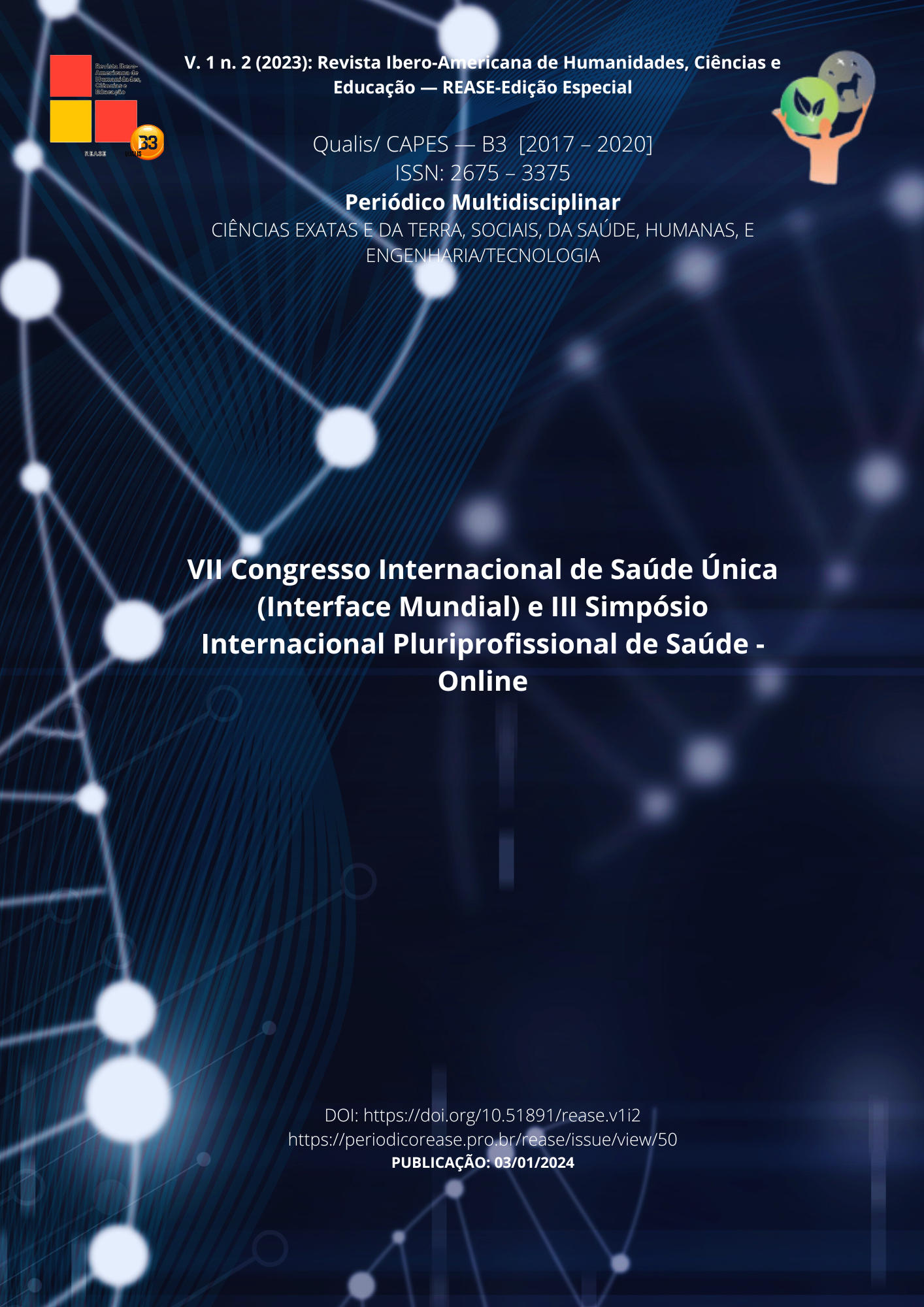PHYSIOTHERAPY APPROACH IN A PATIENT WITH SPINAL CORD INJURY: CASE REPORT
DOI:
https://doi.org/10.51891/rease.v1i2.10722Keywords:
Spinal Cord Injuries. Neurological Rehabilitation. Functional Status.Abstract
INTRODUCTION: Spinal cord injury (SCI) can be a fatal condition depending on its severity, bringing important repercussions in the individual's life and its effects affect not only the individual's life but also the family and society. In the rehabilitation of SCI patients, a specific evaluation is extremely important, since the prognosis tends to vary according to the level of the injury and the patient's functional independence; the American Spinal Injury Association (ASIA) scale and the Functional Independence Measure (FIM) are the most commonly used tools for this patient profile. METHODOLOGY: This is a case study of a patient from the Clínica Escola de Ensino de Fisioterapia of the Universidade Iguaçu (UNIG), Nova Iguaçu, RJ. The ASIA neurological classification scale was used to assess the degree of spinal cord injury and the FIM - Functional Independence Measure - was used to assess performance in motor, cognitive and social domains. RESULTS AND DISCUSSION: In the reassessment of the FIM scale, the final score was 100/126. The classification of the patient's injury through the ASIA scale presented as incomplete injury with AIS grade D. CONCLUSION: It is understood that a careful evaluation is essential, especially for this patient profile, and the FIM and ASIA scales have shown to be important instruments in this study to direct functional objectives and adapt the physiotherapeutic conduct to the patient's individual needs.
Downloads
Downloads
Published
How to Cite
Issue
Section
Categories
License
Atribuição CC BY

